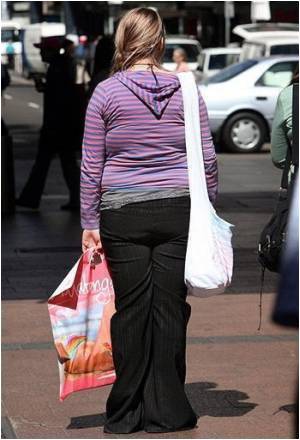A data analyst firm says almost a quarter of women in the UK, equivalent to 6.2 million people, are plus-size and wear clothes in sizes 18 and over.

In the last five years, the company estimates that the plus-size market for womenswear (sizes 18+) has increased by 45% to £3.8 billion in 2010, compared to growth in the overall womenswear market of just 15%. Larger-size menswear has also grown steadily by 6% to £1.9 billion between 2005 and 2010.
Tamara Sender, Senior Fashion Analyst at Mintel, said:
“Rising levels of obesity in the UK mean that plus-size consumers are increasing and these shoppers are looking for improved choice in plus-size clothing and more fashionable garments. Given the numbers of not just plus-size women, but also men, with a third wearing XL clothes or bigger, these consumers can no longer be considered a minority or niche sector and retailers of all types of clothing need to wake up to the growth potential of this market.”
Today, the most purchased clothing size in the UK is a size 12, with 31% of women buying this size in the UK, followed by size 14. However, with 10.1 million women in the UK (equivalent to nearly 40% of the female population) wearing clothes sized 16 and over, there is growing demand for clothing more representative of the overall population.
But it seems retailers are not matching demand as over half of women who are size 18 find that not enough shops offer a range of choices to cater for different sizes. Furthermore, more than four in ten women size 18 and over believe that plus-size clothes tend to be less fashionable than smaller sizes.
Advertisement
Meanwhile, it seems the issue of 'Vanity Sizing' is also affecting consumer shopping habits, though perhaps not in the way retailers would prefer. Indeed, more than four in ten (44%) clothes buyers are unhappy about the differences in clothes sizes that exist from store to store and uncertainty over sizing is one reason why four in ten shoppers stick to a small number of stores where they know the sizes will fit and the styles will suit their shape. Midmarket retailers are the biggest culprits, with nearly half (48%) of consumers who buy most of their clothes from these types of stores saying sizes lack consistency, compared with 42% of discount shoppers and 38% of upmarket high street shoppers.
Advertisement
The impact is likely to become more dramatic in future years with more than 2.3million children estimated to be overweight or obese.
Source-Medindia







